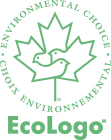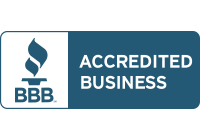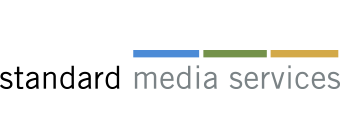August 11, 2010
The Facts On How To Eliminate and Prevent Bathroom Mold & Mildew

Cleaning a bathroom is no easy job. Trust us – we do it every day. We also know the difference between a truly “clean” bathroom, and what is considered a tidying. Bathrooms consist of an abundance of areas where mold and mildew can fester and stay present for months or years when left unattended. You may think you’ve cleaned a bathroom thoroughly but in reality, you’ve barely scratched the surface of removing anything deep seated and in some cases, almost impossible to see with the naked eye. Typically, when we visit a home, the presence of mildew and mold is almost guaranteed, even in bathrooms that look clean. Mold and mildew will be wherever there is water and moisture, and your bathroom will be the most likely area in your home where it will rear its head.
Mold and mildew are a big deal. Recent scientific studies performed by organizations like the Mayo Clinic implicate household mold and mildew with the rapid rise of asthma in the last 20 years, and it is no secret that mold and mildew can negatively affect your health – weakening your immune system and stoking allergies. In a bathroom, mold buildup will naturally occur on tiles, the grout of tiles, countertops, toilets, and any other spot. A common misconception is that you need to apply bleach to kill the bacteria. This is wrong. As a matter of fact, the EPA recommends in most cases that you try to kill mold without bleach, unless someone in your home is already having a serious reaction to the presence of mold.
Lemon Juice
EarthEasy, the online sustainable living resource and advocate, suggests using undiluted lemon juice for home mold cleaning. Lemon juice, one of the strongest citric acids, works best when applied with a spray bottle and/or sponge and left to sit. The acid in lemon juice kills mold and allows for easy cleanup with warm, soapy water. Another common mold removal remedy involving lemon juice calls for a single cup of both lemon juice and table salt diluted in a gallon of hot water. Apply the solution with a spray bottle or sponge, allow it to set and rinse with warm soapy water as well. Undiluted lemon juice typically works better than most lemon juice mixtures.
Tea Tree Oil
Nothing works on mold as fast or as well as tea tree oil. Mix 2 teaspoons of tea tree oil with two cups of water in a spray bottle. Shake the mixture well and spray directly on mold. You don’t have to rinse tea tree oil, but any dirt or residue left washes away with warm soapy water. While a more expensive option, a small amount of oil cleans large areas of mold and mildew.
Vinegar
Pour white distilled vinegar directly in a spray bottle and spray vinegar directly on the moldy surface. Typically the smell of vinegar dissipates in a few hours due to evaporation. Once the mold is dead, warm, soapy water usually washes the home exterior surface clean.
One million poisonings occur yearly in Canada, affecting children and adults. These are all as a result of exposure to or ingestion of household cleaners. Although bleach is an effective and neutralizing cleaning agent, it is also a strong and dangerous corrosive. Bleach can be fatal if ingested, or when mixes with other household cleaners.
Concluding Tips
Eliminate or reduce moisture. Crack open a window if you’re taking a shower, put the fan on, or consider using a dehumidifier.





